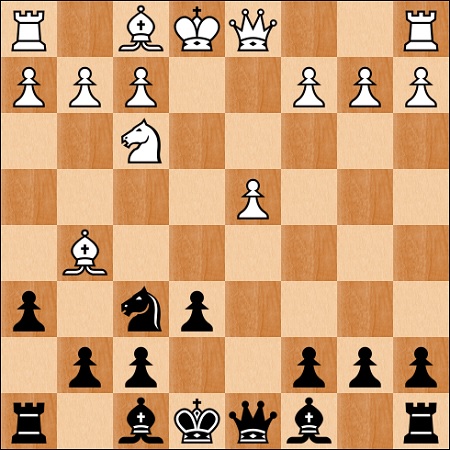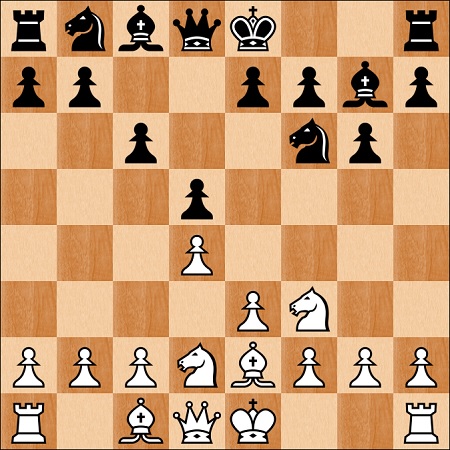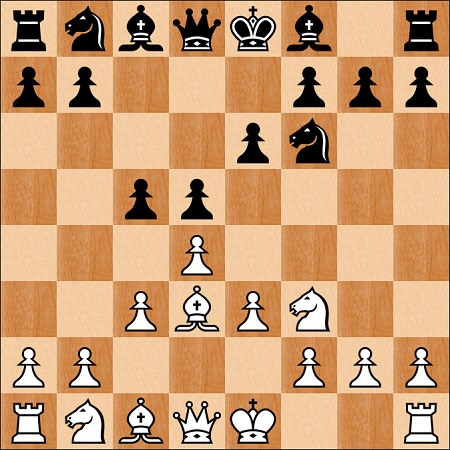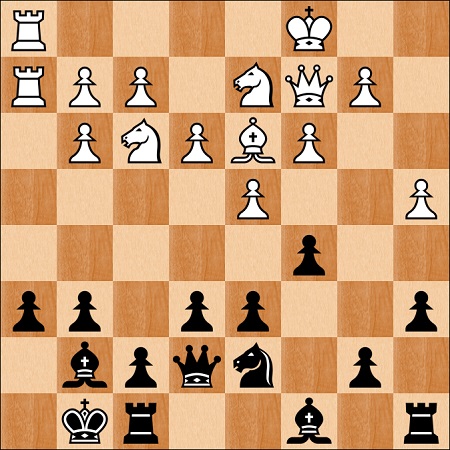The Tiger Chess Queen's Gambit Declined Course is an advanced, stand-alone opening course based around the Tartakower Variaton (1.d4 Nf6 2.c4 e6 3.Nc3 d5 4.Bg5 Be7 5.Nf3 h6 6.Bh4 0-0 7.e3 b6) and the Semi-Tarrasch Defenc (1.d4 Nf6 2.c4 e6 3.Nc3 d5 4.cxd5 Nxd5 5.e4 Nxc3 6.bxc3 c5 or 1.d4 Nf6 2.c4 e6 3.Nc3 d5 4.Nf3 c5). It features amost 14 hours of video which explain key games and has a pgn (portable game notation) file of recommended variations that can be built upon, extended and important into software such as Chess Position Trainer. The 94 games presented are also included in pgn format, but without annotations.
The Queen's Gambit Declined has many advantages, not only is it rock solid but it offers prospects of outplaying the opponent in complex middle game positions. Unlike many defenses to 1.d4 it can also be used against the English Opening, 1.Nf3 and 1.c4. The recommended lines differ considerably from the Queen's Gambit Declined presentation in the Building an Opening Repertoire course, here are the different section headings:
1. Introduction
2. Divergences & Move Orders
3. 6.Bxf6 & 6.Bf4
4. Tartakower: 8.cxd5
5. Tartakower: 8.Be2
6. Tartakower: 8.Rc1
7. Tartakower: 7/8.Qc2 Lines
8. Tartakower: 8.Others
9. Tartakower: Early Rc1 Lines
10. Semi-Tarrasch: Auxiliary Lines
11. Semi-Tarrasch: e2-e4 Sidelines
12. Semi-Tarrasch: 11.Bc4 Main Line
13. Queen's Pawn Games
14. Catalan, English & Reti
15. Other Openings
The Tartakower variation has been played by some of the greatest players in history, including World Champions Boris Spassky, Anatoly Karpov, Garry Kasparov, Vladimir Kramnik and Magnus Carlsen. Here is the starting point for this famous line:
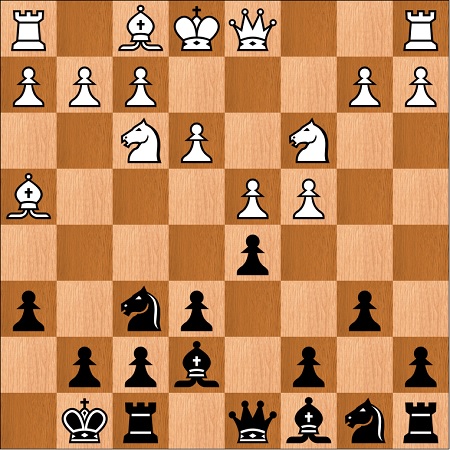
The Semi-Tarrasch complements the Tartakower perfectly as it can be used to recapture on d5 with a knight if White tries to use the Exchange Variation. It can also sidestep White's 5.Bf4 line that arises after 1.d4 Nf6 2.c4 e6 3.Nc3 d5 4.Nf3 Be7 5.Bf4 because Black will play 4...c5 before this happens. This is a key position from the Semi-Tarrasch that arises after the moves 1.d4 Nf6 2.c4 e6 3.Nf3 d5 4.Nc3 c5 5.cxd5 Nxd5 6.e4 Nxc3 7.bxc3 cxd4 8.cxd4 Bb4+ 9.Bd2 Bxd2+ 10.Qxd2 O-O:
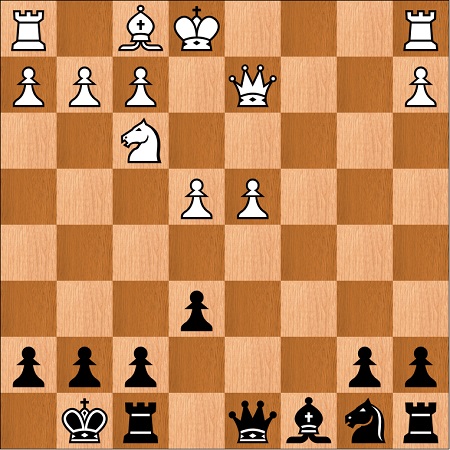
This course is suitable for players over 1700 Elo who want a high quality defence against 1.d4 that is strategy based. You need to be a Tiger Chess member to get it and continue to view it, which is why it priced at just $19.95. You can get it at the add-on videos page but need to be a logged on Standard or Premium member to see the option to purchase it.
Nigel Davies

